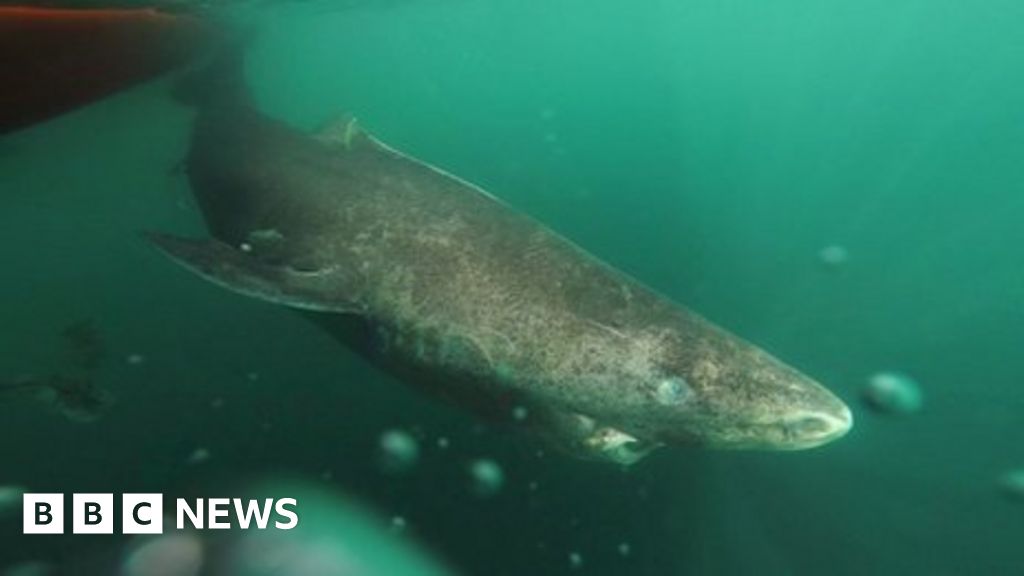sorcerer
New Member
- Joined
- Apr 13, 2013
- Messages
- 26,919
- Likes
- 98,474
Indian scientists to set sail in search of valuable minerals
Indian scientists are preparing to set sail to a region of the Indian Ocean, off the East coast of Madagascar, where they believe are plenty of valuable minerals to pick up.
It’s been two years since India leased a 10,000 sq km area (for 15 years) from the International Seabed Authority, part of the United Nations; so, there is a lot of work to be done before the country shovels in the riches. But a beginning is to be made at least by next year, said M Ravichandran, Director, National Centre for Polar and Ocean Research (NCPOR), Goa.
NCPOR and Chennai-based National Institute of Ocean Technology (NIOT), will jointly purchase an autonomous underwater vehicle — an unmanned, pre-programmed vehicle that can dive into the ocean and collect pictures and samples. Both NCPOR and NIOT are research institutions under the Ministry of Earth Sciences.
Ravichandran told Business Line that NCPOR has “identified a dozen locations”, potential candidates for detailed exploration for tapping into minerals spewed by ‘hydrothermal vents’.
Hydrothermal vents
The Earth has about 65,000 km of underwater mountain ranges called the mid-ocean ridges. Like mountains on land, these ridges represent ‘weak’ spots, where it is easy for the semi-solid material from the mantle of the Earth to escape to the surface. This ‘escape’ is sometimes in the form of volcanoes.
The mid-ocean ridges are also known for their volcanic activity — several islands in the Pacific ocean were formed by the molten rock spewed by them. But often, stuff from under the Earth’s crust also escapes through ‘vents’ in the mountains. The discovery of such hydrothermal vent systems in the deep oceanic ridges has generated a lot of interest, mainly because of the material spewed can contain valuable metals such as copper, zinc, gold, silver, platinum and palladium.
“Apart from their economic potential, sea-floor hydrothermal vents are characterised by dense biological communities,” says a NCPOR note on the subject. More than 700 species have been reported, it adds.
At a point in the Indian ocean off the coast of Madagascar, around 26° South, three mid-ocean ridges intersect.
This is estimated to be a highly productive area. The massive deposits “can range from several thousands to 100 million tonnes,” said the NCPOR. The sea-bed sampling that NCPOR is planning for next year will pinpoint the best areas for further exploration and mining.
NIOT also expects to send another (home-made) vehicle to another region of the Indian ocean next month, to check the machine’s ability to crawl on the extremely greasy sea-bed. This region has been proven to contain rich deposits of polymetallic nodules that hold copper and cobalt.
India has an exclusive exploration right over a 75,000 sq km area.
‘Samudrayaan’
The machine, currently stationed at NIOT, will move on tracks, but in order they don’t get mired into the seabed, the vehicle has buoys on it to keep pulling it upwards. This machine is a precursor to another equipment, informally christened ‘Samudrayaan’, which will contain a module to hold human beings.
https://www.thehindubusinessline.co...arch-of-valuable-minerals/article30511641.ece
Indian scientists are preparing to set sail to a region of the Indian Ocean, off the East coast of Madagascar, where they believe are plenty of valuable minerals to pick up.
It’s been two years since India leased a 10,000 sq km area (for 15 years) from the International Seabed Authority, part of the United Nations; so, there is a lot of work to be done before the country shovels in the riches. But a beginning is to be made at least by next year, said M Ravichandran, Director, National Centre for Polar and Ocean Research (NCPOR), Goa.
NCPOR and Chennai-based National Institute of Ocean Technology (NIOT), will jointly purchase an autonomous underwater vehicle — an unmanned, pre-programmed vehicle that can dive into the ocean and collect pictures and samples. Both NCPOR and NIOT are research institutions under the Ministry of Earth Sciences.
Ravichandran told Business Line that NCPOR has “identified a dozen locations”, potential candidates for detailed exploration for tapping into minerals spewed by ‘hydrothermal vents’.
Hydrothermal vents
The Earth has about 65,000 km of underwater mountain ranges called the mid-ocean ridges. Like mountains on land, these ridges represent ‘weak’ spots, where it is easy for the semi-solid material from the mantle of the Earth to escape to the surface. This ‘escape’ is sometimes in the form of volcanoes.
The mid-ocean ridges are also known for their volcanic activity — several islands in the Pacific ocean were formed by the molten rock spewed by them. But often, stuff from under the Earth’s crust also escapes through ‘vents’ in the mountains. The discovery of such hydrothermal vent systems in the deep oceanic ridges has generated a lot of interest, mainly because of the material spewed can contain valuable metals such as copper, zinc, gold, silver, platinum and palladium.
“Apart from their economic potential, sea-floor hydrothermal vents are characterised by dense biological communities,” says a NCPOR note on the subject. More than 700 species have been reported, it adds.
At a point in the Indian ocean off the coast of Madagascar, around 26° South, three mid-ocean ridges intersect.
This is estimated to be a highly productive area. The massive deposits “can range from several thousands to 100 million tonnes,” said the NCPOR. The sea-bed sampling that NCPOR is planning for next year will pinpoint the best areas for further exploration and mining.
NIOT also expects to send another (home-made) vehicle to another region of the Indian ocean next month, to check the machine’s ability to crawl on the extremely greasy sea-bed. This region has been proven to contain rich deposits of polymetallic nodules that hold copper and cobalt.
India has an exclusive exploration right over a 75,000 sq km area.
‘Samudrayaan’
The machine, currently stationed at NIOT, will move on tracks, but in order they don’t get mired into the seabed, the vehicle has buoys on it to keep pulling it upwards. This machine is a precursor to another equipment, informally christened ‘Samudrayaan’, which will contain a module to hold human beings.
https://www.thehindubusinessline.co...arch-of-valuable-minerals/article30511641.ece







